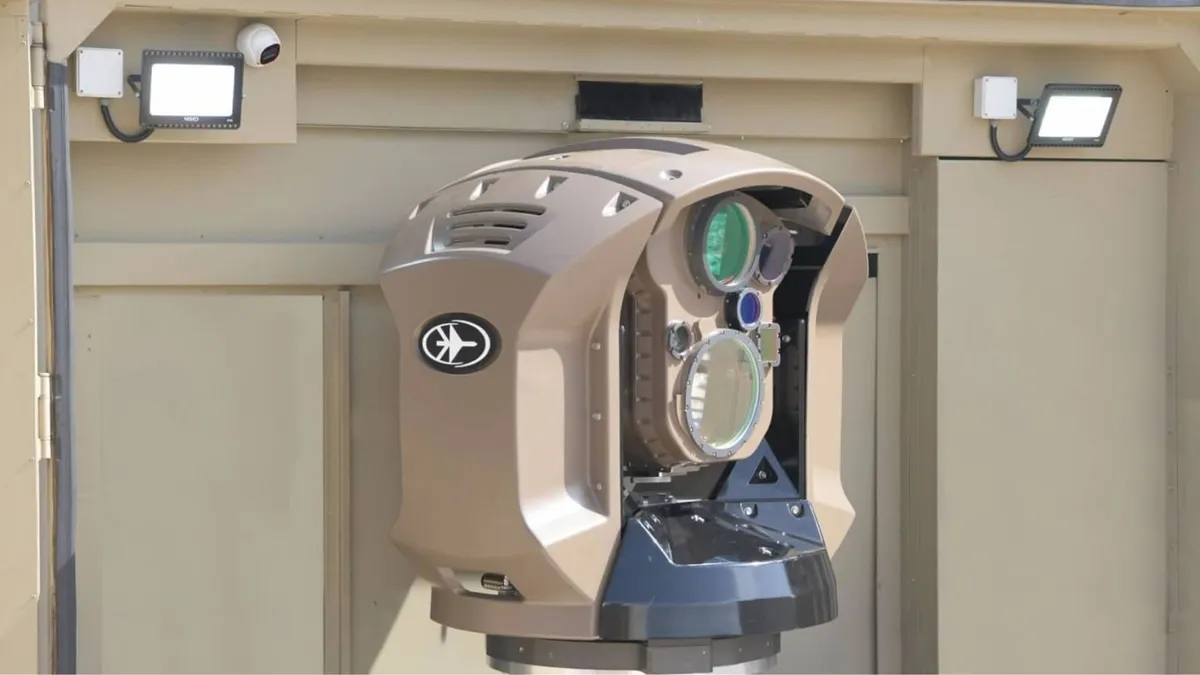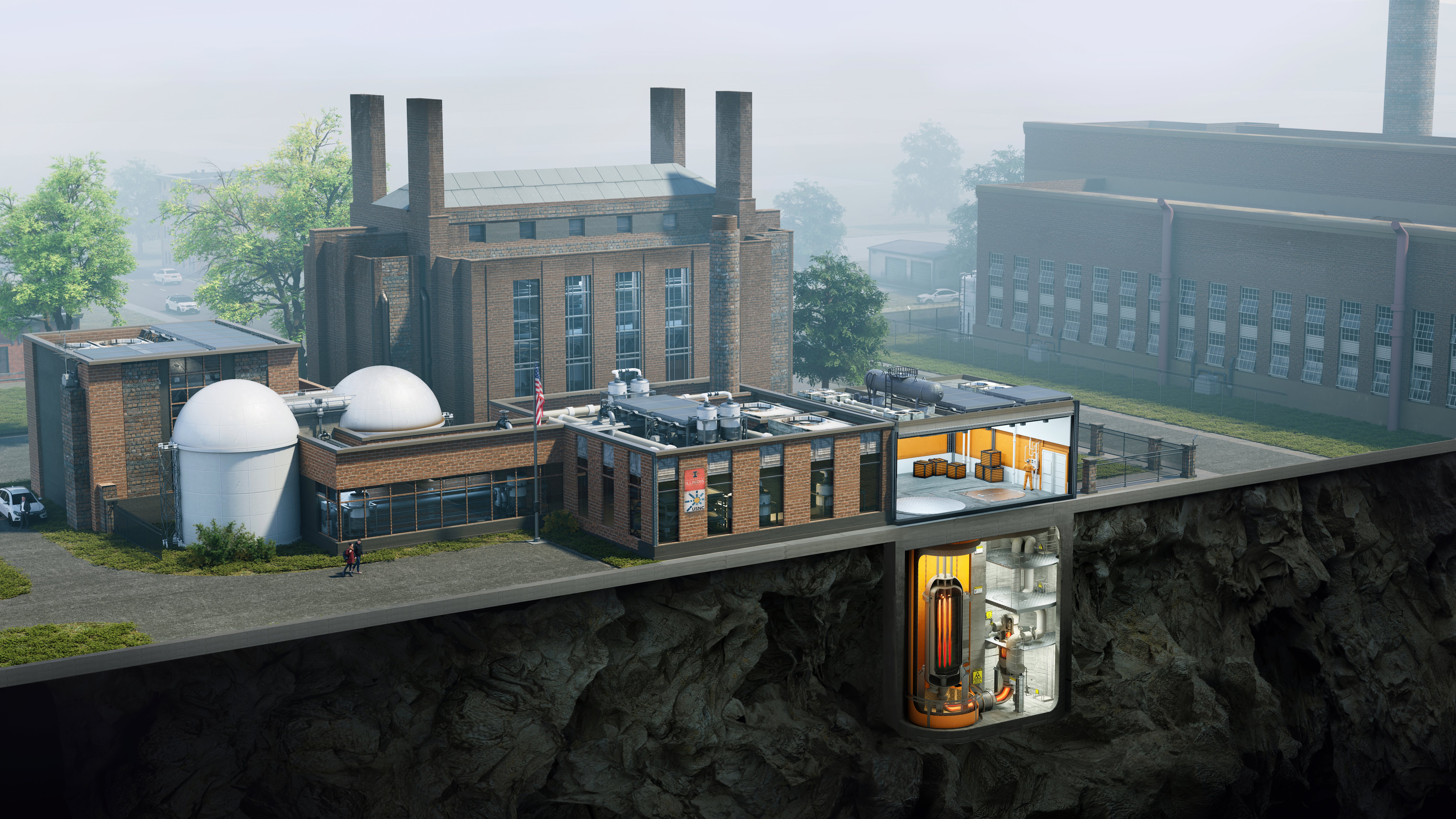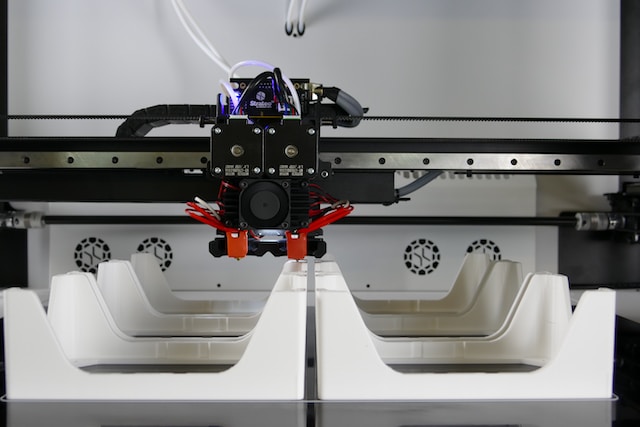The more robots can “see the world around them,” the quicker they will be able to help people.
As we all know, though, robots are not like people, they see the world via a combination of cameras and antennas. Currently, simple antenna technologies perform better than camera based technologies that are expected to outperform them in the future. But antenna-based technologies are making robots productive in real-world situations today.
Researchers at Georgia Tech are now using Near Field Communications (NFC), a new set of standards for smartphones and other mobile devices to establish radio communication between objects that aren’t touching. NFC is a two-way communication system, whereas RFID, its predecessor, is a one way communication system.
Relatively new Ultra-High-Frequency Radio Frequency Identification (UHF RFID) helps robots “sense” the environment around them, move closer to objects and perform human-like chores such as choosing, grabbing and delivering medication to people on schedule.
A robot called PR2 by Willow Garage is a development platform that researchers at Georgia Tech have turned into a medication delivery system and uses tiny embedded radio frequency identification (RFID) tags that emit an extremely high frequency. The use of UHF signals is an improvement over basic RFID-tagged objects because it allows robots to reliably see above, below, around and inside objects.
PR2 “sees” using two pan/tilt long-range UHF RFID antennas and moves about its environment, taking note of RFID tags and, when it has completed its inventory, it is able to perform a number of routines based on internal algorithms.
Associate Professor Charles Kemp at the Georgia Institute of Technology’s Department of Biomedical Engineering and Center for Health Care Robotics appeared on CNN and noted that UHF RFID tags allow a robot to create a 3D view like people experience in a video game”, giving robots the potential to locate billions of objects without encountering a false positive.
Related aricles on IndustryTap:
- Elon Musk Shows Off SpaceX’s New X-Wings & Autonomous Spaceport Drone Ships
- Rapid Prototyping & Testing Autonomous Robot “Mental Models”
- Autonomous Cars Could Potentially Save The United States an Astronomical Amount of Money
References and related content:






